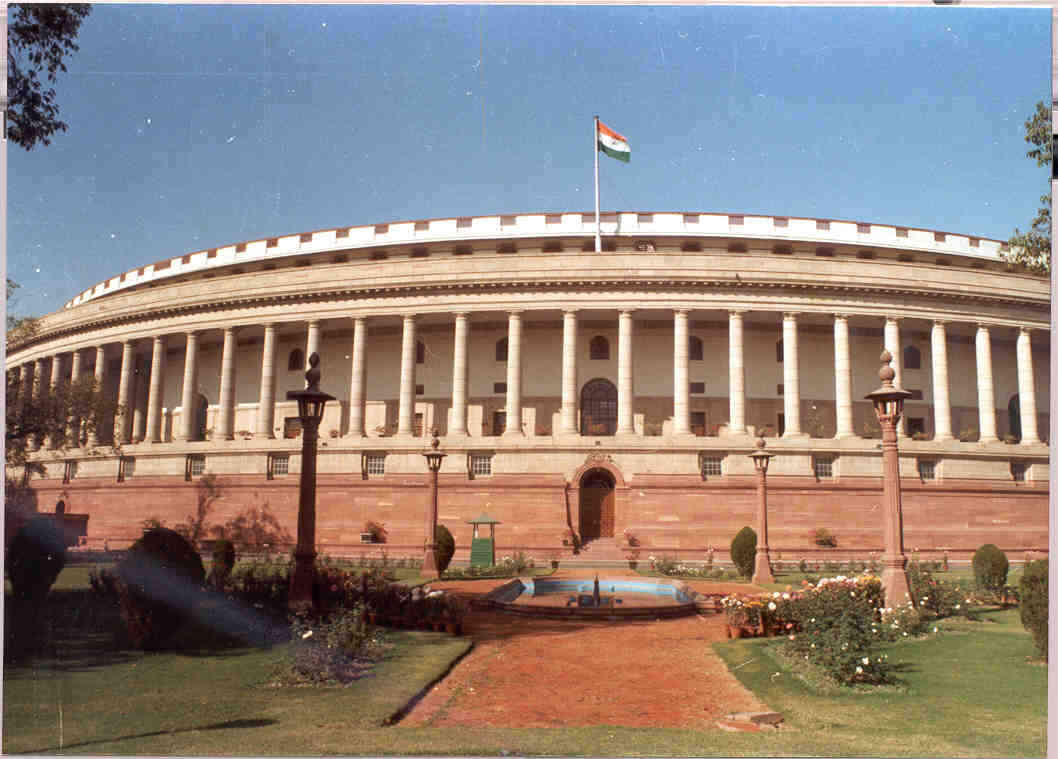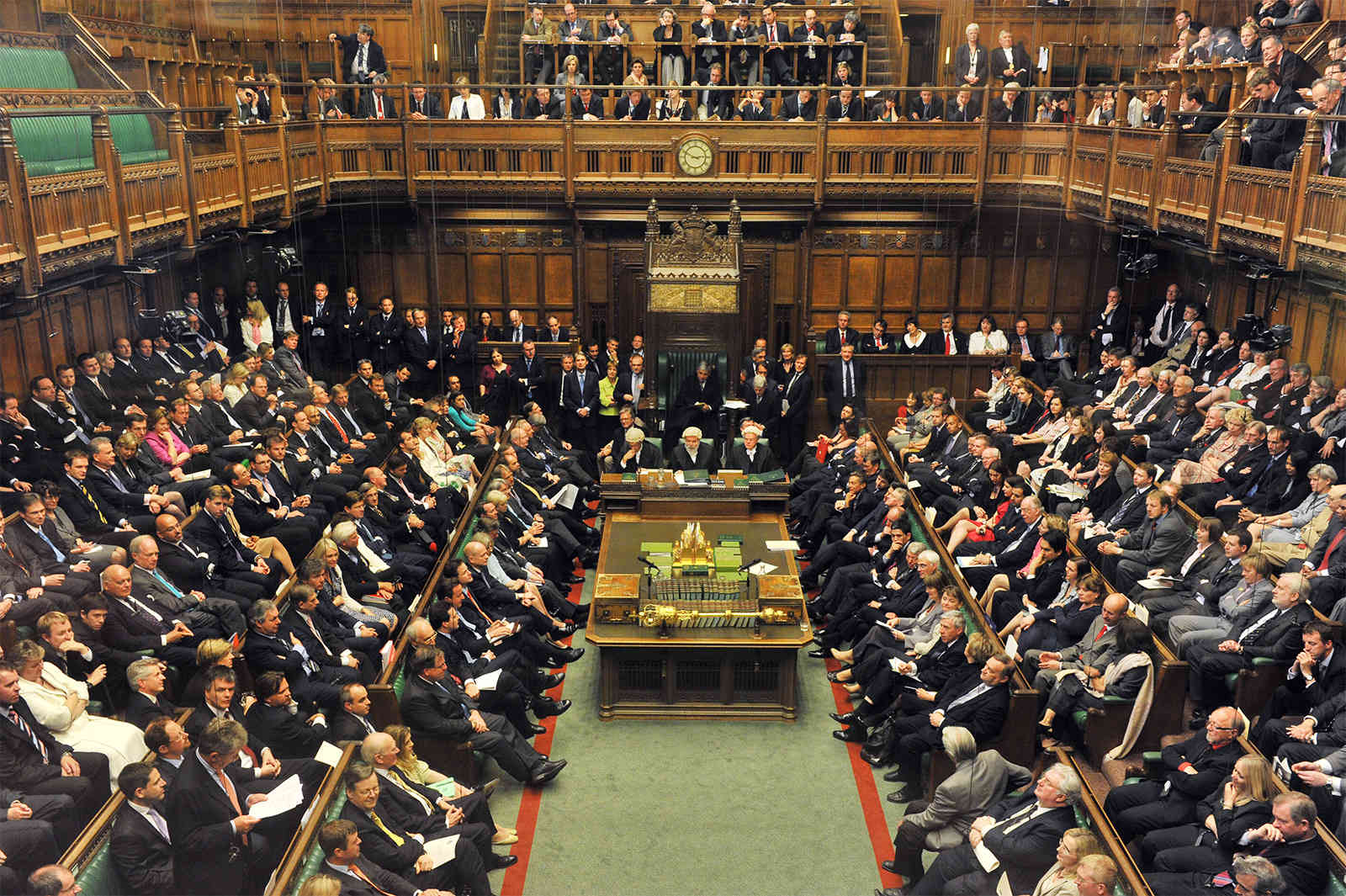What is the difference between the monarchical parliamentary system of Britain and the parliamentary system of India?

New Delhi, November 26, 2020, Thursday
Britain has had a monarchical parliamentary system for over 200 years. However, the British did not adopt a parliamentary system wherever they ruled during their rule. However, India adopted a parliamentary system because Indians were familiar with Britain's parliamentary system. Finally, at the end of the debate in the Constituent Assembly, it was decided that the parliamentary system would prove to be relatively more democratic, accountable, decentralized and effective. However, it is true that we were inspired by the British Parliament when we adopted the parliamentary system but did not blindly adopt it. A comparative study of the parliamentary system of the two countries reveals these differences. The President, who holds the highest position in the Constitution of India, is not just a name like the President of the United Kingdom.

Article 70 of the Constitution states that the President will protect and defend the Constitution while the British Head of State has not been entrusted with any such responsibility. Indirect presidential elections are held in India while in Britain it is a monarchical system. The choice of emperor or queen is not inherited. The President of India can stop by avoiding his signature on the resolutions passed by the Parliament. Can also send the proposal back. While in the British Raj system, according to tradition, the head of state has to sign. In India, any Minister of the Council of Ministers can take part in the debates in any House of Parliament. Questions and supplementary questions also have to be answered. While in Britain's parliamentary system a minister cannot go to the second house of parliament. Because it is not a member. In India the President can be removed by impeachment while in Britain there is no provision to remove the hereditary king of the monarchy.
Comments
Post a Comment
What you think about this NEWS please post your valuable comments on this article, we will immediately publish your comments on this page